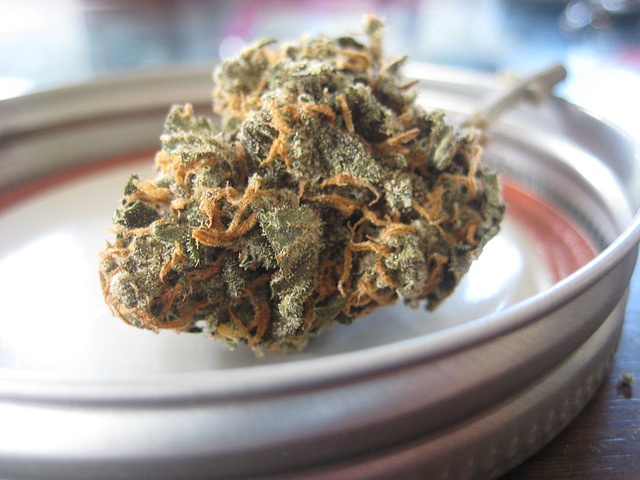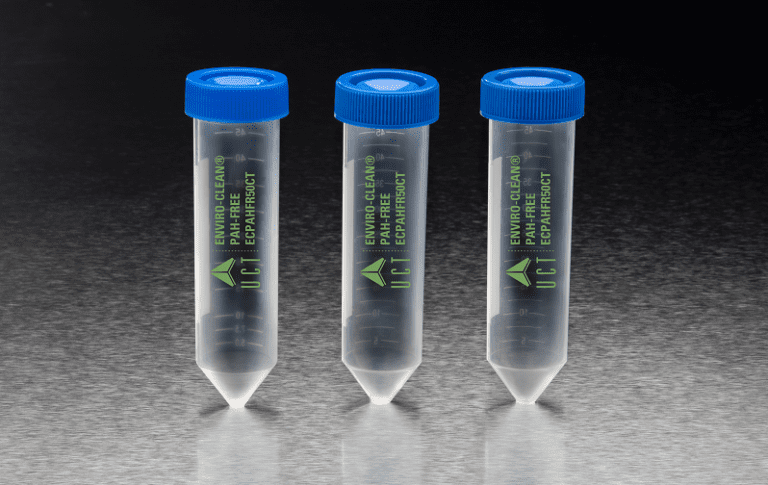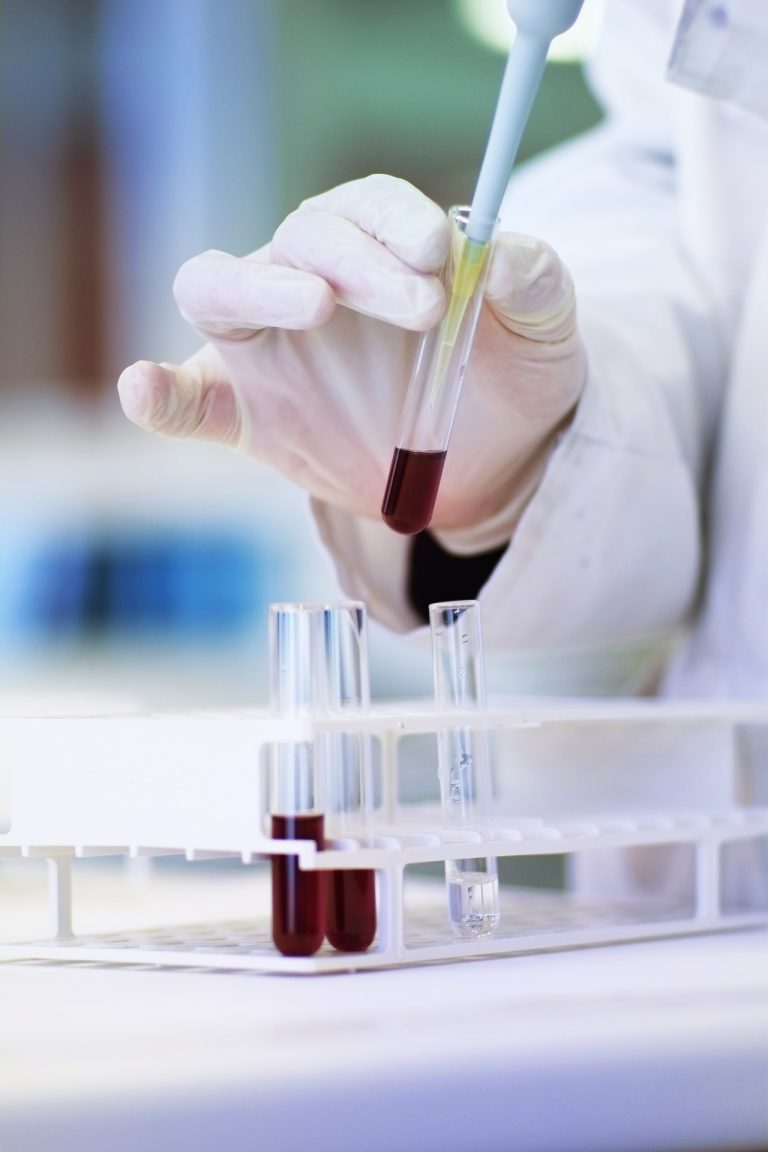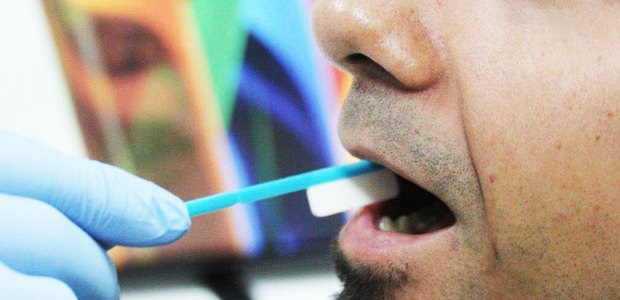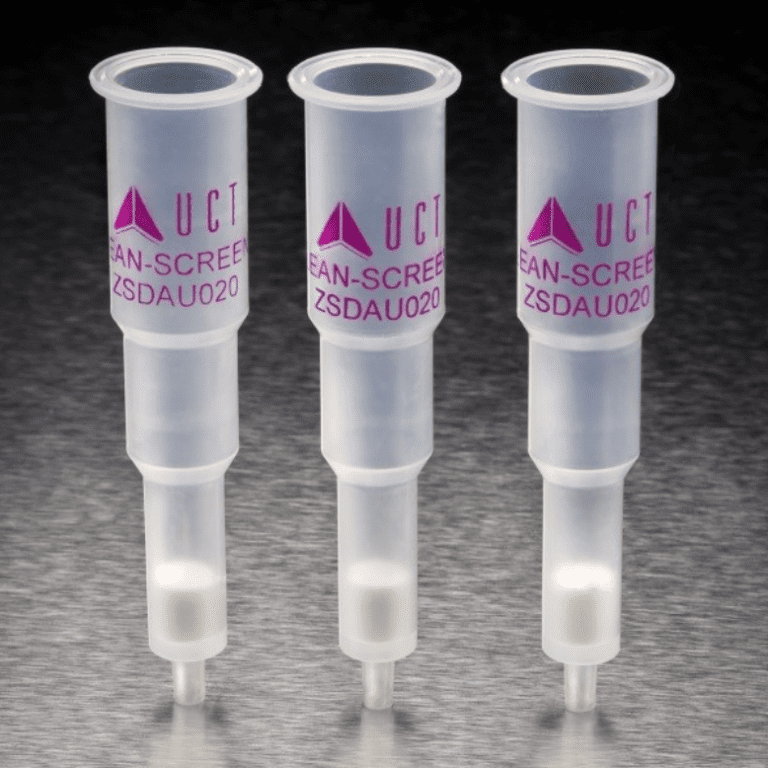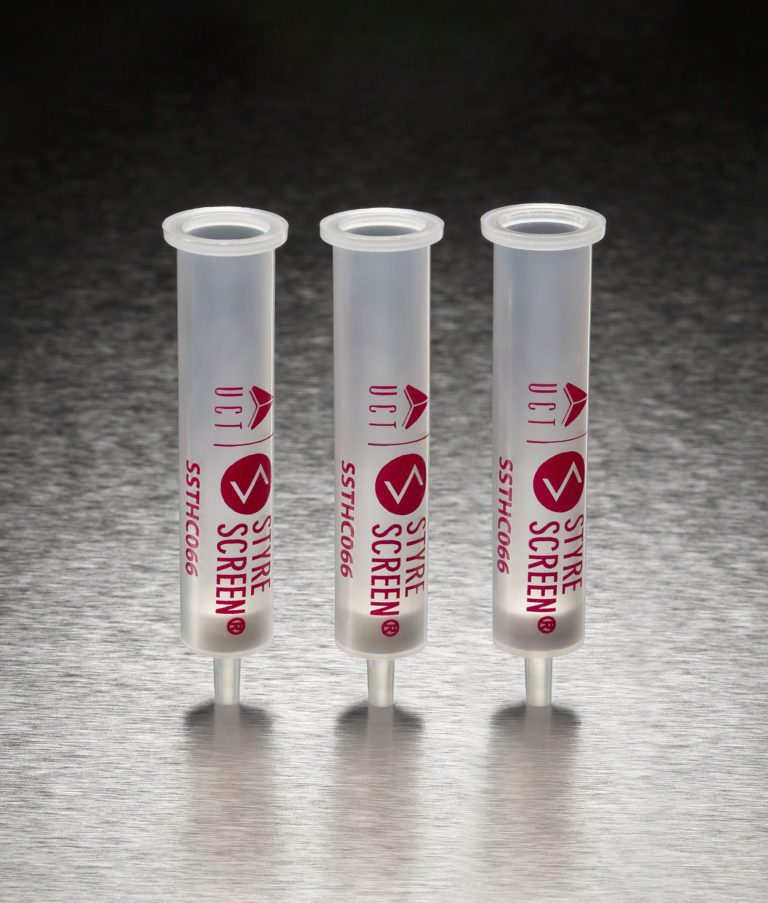UCT Publishes New Method for the Analysis of 16 Cannabinoids in Hemp and Cannabis Samples
With the mounting interest in hemp and cannabis products for medicinal and recreational use around the world, the need for suitable analytical methods to identify and determine the concentration of cannabinoids is essential for ensuring consumer safety. Traditional analyses for measuring the potency of cannabinoids in cannabis and hemp samples have focused mainly on 5 primary analytes: THC, THC-A, CBD, CBD-A, and CBN. As the industry continues to expand and evolve, more attention is being directed toward additional, although less prevalent, cannabinoids that have been shown to exhibit physiological effects. Thus, simple yet selective analytical methodologies are needed to adequately separate and identify a wide range of cannabinoids present in the hemp and cannabis products which exist on the market, including plant products, edibles, oils, topicals and extracts.
This application note outlines a simple and robust method for the detection and quantitation of 16 cannabinoids in hemp and cannabis samples using an isocratic HPLC method coupled with UV detection. Baseline separation of all 16 cannabinoids, including that of the critical pair Δ9-THC and Δ8-THC, was successfully achieved using a Selectra® C18 column. Examples of hemp flower and oil samples analyzed using the analytical method are also presented.

